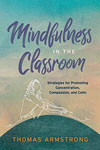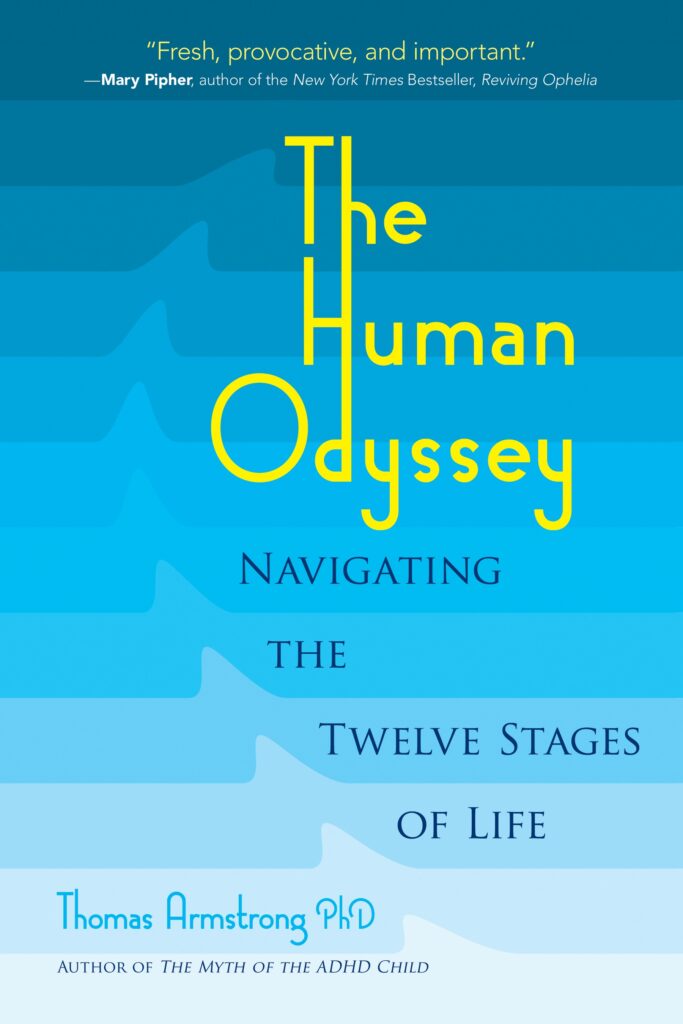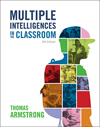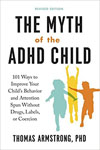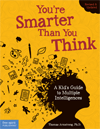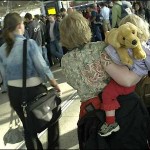 I fly a lot, and when I travel I see a lot of people carrying teddy bears in the airport; not just children; adults too. Everytime I see somebody carrying one onto a plane, I think of the idea of the “transitional object.” This term was coined in 1951 by the psychoanalyst D.W. Winnicott. It’s a developmental concept, and refers to a critical point in a child’s early development when she is starting to separate her own identity from that of her mother.
I fly a lot, and when I travel I see a lot of people carrying teddy bears in the airport; not just children; adults too. Everytime I see somebody carrying one onto a plane, I think of the idea of the “transitional object.” This term was coined in 1951 by the psychoanalyst D.W. Winnicott. It’s a developmental concept, and refers to a critical point in a child’s early development when she is starting to separate her own identity from that of her mother.
Up until that point, according to the “object relations” school that exists as one branch of psychoanalysis, baby sees “mommy and me” as one. It would perhaps be better to say that when a child has an experience at this very early level, it experiences “I” as “mommy-me” in a fused whole. Eventually, baby separates her own identity from mommy, and realizes that there are a whole range of ways in which to experience the world as an independent identity (e.g. through language, play, art, etc.), where “I” am playing with “a doll/truck/dog”; where “I” as a subjective entity can come into relationship with an objective “thing” that is out there in the world.
There is, however, an in-between state in development, when the child has not yet fully separated from mommy, nor has she begun to experience herself as an “I” in direct relationship with the objective world. This is what Winnicott called “the transitional space” ; a place existing between subjective and objective reality, between “I and “object.” In this in-between space the child experiences a particular object such as a piece of cloth or a furry part of a teddy bear as neither mommy-me nor “I am in a relationship to a real object” but as a kind of mix of the two.
This transitional object has pieces of “mommy-me” on it, so to speak, and also pieces of the external world. It serves as a half-way house, in essence, for the child to begin to separate herself from this omnipotent identity she has with her mother (e.g. “when I wish for food, mommy-me brings it to me”), and to start making contact with the real world out there (where ultimately she will experience herself as getting her own food). But at the same time she is still infusing this object with lots of “mommy-ness.”
If the relationship with mommy has been a “good enough” one (another term coined by Winnicott) then this transitional object will be a nurturing, soothing experience. If the relationship with mommy has been bad (e.g. abusive, neglectful, hurtful etc.), then this object can become threatening (one thinks here of the doll “Chucky” in the recent series of horror films).
At any rate, whether it be a Linus blanket or a soft doll or teddy bear, or something else (Winnicott said it could also be a word or musical refrain), this transitional object helps to relieve anxiety and enables the child to ultimately face the unknown with confidence. When a child or adult carries a teddy bear or doll onto an airplane, this may be a residual memory of that first transitional object, since many people find flying anxiety-provoking. Carrying teddy into the “friendly” skies may help these individuals face this on-going project of heading into the unknown with assurance.
For more information, read D.W. Winnicott’s book Playing and Reality.
For more about other developmental issues related to infancy and early childhood, see my book The Human Odyssey: Navigating the Twelve Stages of Life.
This article was brought to you by Thomas Armstrong, Ph.D. and www.institute4learning.com.
Follow me on Twitter: @Dr_Armstrong






